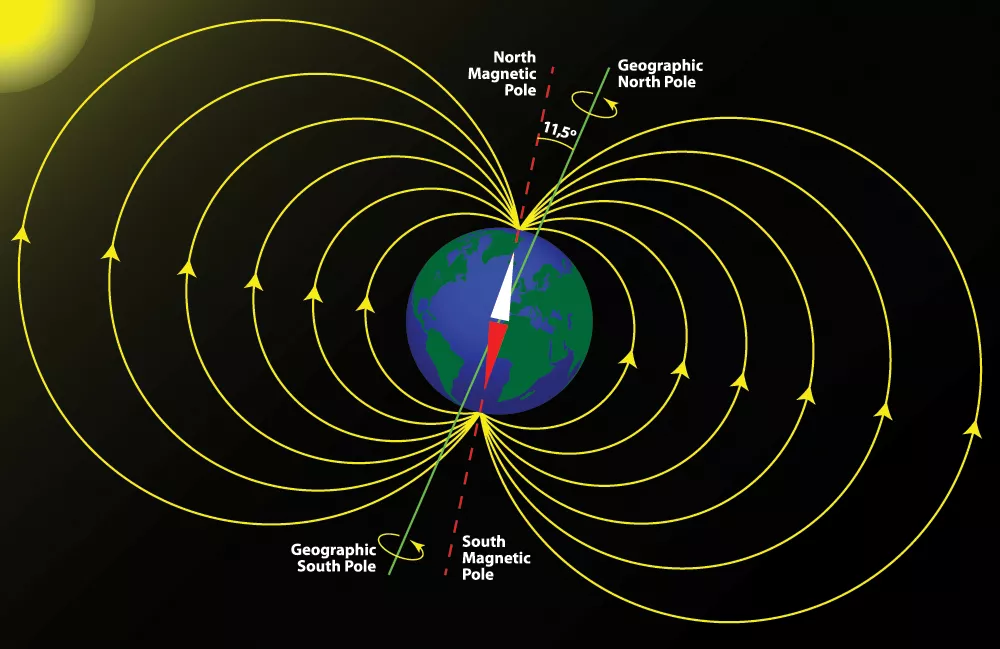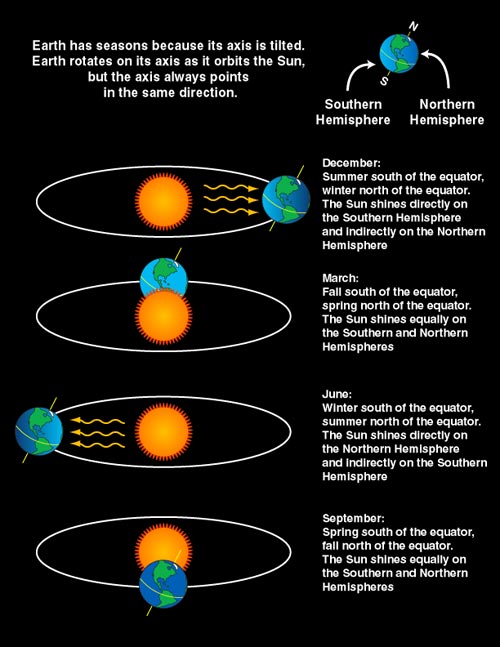

REVIEW
CLAIM: “Compasses and gyroscopes prove the Earth is not a globe. The Earth is stationary. It is fixed, unmovable.”
REVIEW
The claim that the Earth is flat and stationary appeared in a video narrated by Amber Plaster and published by Flat Earth on 17 November 2020. Both claims directly contradict ample scientific evidence demonstrating that the Earth is spherical, rotates on its axis, and revolves around the Sun.
In 350 B.C.E., Aristotle wrote in On The Heavens, “our observations of the stars make it evident, not only that the earth is circular, but also that it is a circle of no great size.” His conclusion was based on the observation that different constellations and stars are visible depending on one’s location and that the Earth continually casts a round shadow on the Moon throughout a lunar eclipse (see figure below). If the Earth was flat, all stars would be visible regardless of one’s location and the shape of the Earth’s shadow on the Moon would change as the Moon swept across or the angle between the Sun and flat Earth changed.
In 240 B.C.E., the Greek mathematician Eratosthenes estimated that the circumference of the Earth was approximately 24,000 – 29,000 miles by measuring the angle of the Sun’s rays during the summer solstice and the distance between two cities in Egypt[1]. Specifically, he noticed that on the summer solstice, a stick located in the city of Syene cast no shadow, whereas a stick in Alexandria cast a shadow at an angle of about 7.2 degrees. This would only be possible if the shape of the Earth’s surface was curved. Eratosthenes then hired surveyors to walk from one city to the other, who measured the distance at about 5,000 stadia. Using these measurements, he calculated the circumference of the Earth. Erathosthenes’ estimate was not far off. The Earth is 24,900 miles around the equator and slightly less around the poles, which is why NOAA refers to its shape as an irregularly shaped ellipsoid.
Since then, the spherical shape of the Earth has been confirmed through images from satellites and spacecrafts. For instance, the crew on the Apollo 17 mission to the Moon captured the classic image of the Earth, known as the “The Blue Marble,” when they were about 18,000 miles from the surface.
Figure—The Earth, photographed on 7 December 1972 by the crew of Apollo 17 as they were travelling towards the moon. From NASA.
The video claims that compasses and gyroscopes prove the Earth is not a globe, but it does not provide any scientific evidence to support this claim or explain how this might occur. Compasses contain small, lightweight magnets and are used to detect Earth’s magnetic field, which results from movements of liquid iron and nickel in the Earth’s outer core that carry an electrical current. As a result, the Earth has two distinct poles (north and south). The needle of a compass points to the magnetic north pole, which slightly differs from the geographic north pole. Depending on one’s location, it is possible to use a compass to map Earth’s magnetic field (see figure below).
A gyroscope is a device that contains a spinning wheel that is mounted in a way that allows the axis to freely assume any orientation. Gyroscopes are used to measure or maintain orientation and angular velocity, and can be found in navigation systems of airplanes, ships, and space stations. Scientific studies have used gyroscopes to detect the Earth’s rotation[2].
In addition, a 2019 scientific study found, “the Earth is impossible to be flat-shaped,” based on mathematical proofs using map projections, engineering surveys, and geodesy data[3]. Geodesy refers to the science of measuring and understanding the Earth’s shape, gravity, and orientation in space.
The Earth, as well as the other planets in our solar system, are spherical because gravity pulls toward the center of an object. However, because the Earth spins on its axis, it is not perfectly spherical. This is because the force of rotating causes the planet to bulge slightly at its equator relative to the North and South poles.
In 1851, Léon Foucault found one creative way to demonstrate that the Earth spins on its axis, providing the first empirical evidence of this phenomenon. He hung a pendulum from the ceiling of the Paris Observatory and set it in as oscillatory motion, then watched how the angles of the lines formed by the swinging pendulum changed over the course of a day[4].
The rotation and tilt of the Earth on its axis and its revolution around the Sun explains why we experience day and night as well as seasons (see figure below).
From NASA.
Another observation that can only be explained by a round, rotating planet is the influence of the Coriolis Effect on weather patterns. The Coriolis Effect causes winds to appear to curve rather than follow a straight path. It’s a consequence of the Earth’s rotation beneath free fluids like air, combined with the fact that (for example) the 60° latitude circle has a smaller circumference than the equator. The Earth rotates once every 24 hours, and since the Earth’s surface at 60° latitude travels along a smaller circumference in that time, its velocity is less than that of the equator. This latitude-dependent velocity causes winds to appear to deflect towards the poles—to the right in the Northern Hemisphere and to the left in the Southern Hemisphere. (Similarly, tropical cyclones spin counterclockwise in the north and clockwise in the south.) This hemispheric difference would be impossible on a flat Earth.
Source: US Fourth National Climate Assessment
Contrary to the claim that the Earth is stationary, it is well-established that the Earth rotates on its axis and revolves around the Sun.
READ MORE
- This NASA article geared towards kids explains why planets are round.
- This Washington Post article describes how weather patterns disprove the flat-Earth hypothesis.
REFERENCES:
- 1 – (1943) Eratosthenes and the Circumference of the Earth. Nature.
- 2 – Lai et al. (2020) Earth rotation measured by a chip-scale ring laser gyroscope. Nature Photonics.
- 3 – Arif et al. (2019) Debunking Flat Earth: From Geomatics Perspective. 6th International Conference on Space Science and Communication.
- 4 – Sommeria (2017) Foucault and the rotation of the Earth. Comptes Rendus Physique.







